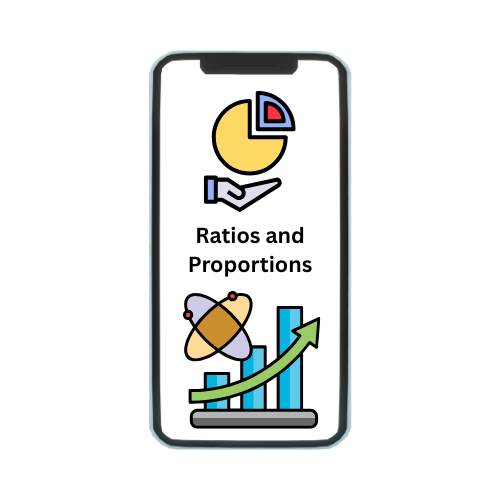Coverage in trading refers to the analysis and evaluation of financial assets, industries, or markets by brokers, analysts, or institutions. It involves tracking and reporting on the performance of specific stocks, commodities, or sectors.
Coverage helps traders, investors, and clients make informed decisions by providing insights into price movements, market trends, and potential risks or opportunities. Analysts who provide coverage offer recommendations such as “buy,” “sell,” or “hold” based on their research. This practice is essential in active trading, as it guides participants in managing their portfolios and optimizing their strategies in a fast-changing market environment.
Purpose and Scope:
Coverage in trading is designed to keep investors and traders informed about the financial health and potential growth of the assets or markets they are involved in. This involves deep research into financial statements, market conditions, and broader economic trends. Coverage can be provided for individual stocks, entire industries, commodities, or even global market sectors.
Analysts’ Role:
Financial analysts and brokerage firms typically provide coverage, offering regular reports and forecasts. These professionals use a mix of technical and fundamental analysis to assess performance. Analysts can issue ratings such as “overweight” (positive outlook), “underweight” (negative outlook), or “neutral” based on their research.
Types of Coverage:
- Equity Coverage: Focuses on individual stocks, examining aspects like earnings, management decisions, and market share.
- Sectoral Coverage: Concentrates on a specific sector (e.g., technology, healthcare), providing broader insights into how trends within the sector may affect specific stocks.
- Commodity Coverage: Involves tracking commodities like gold, oil, or agricultural products, analysing supply-demand factors, geopolitical influences, and price patterns.
Benefits for Traders:
- Informed Decision-Making: Coverage helps traders make well-informed choices by evaluating price trends and company fundamentals.
- Risk Management: It aids in identifying potential risks that could affect asset prices and trading strategies.
- Timely Updates: Regular updates from coverage reports allow traders to respond quickly to market changes.
Conclusion
Coverage in trading plays a pivotal role in guiding investors and traders through the complexities of financial markets. By providing in-depth analysis, expert insights, and timely updates, it helps market participants make informed decisions, manage risks, and capitalize on opportunities. Whether focusing on individual stocks, entire sectors, or commodities, coverage ensures traders remain well-equipped to navigate market fluctuations. This continuous flow of information and recommendations is essential for anyone aiming to optimize their trading strategies and maintain a competitive edge in an ever-changing financial landscape.







